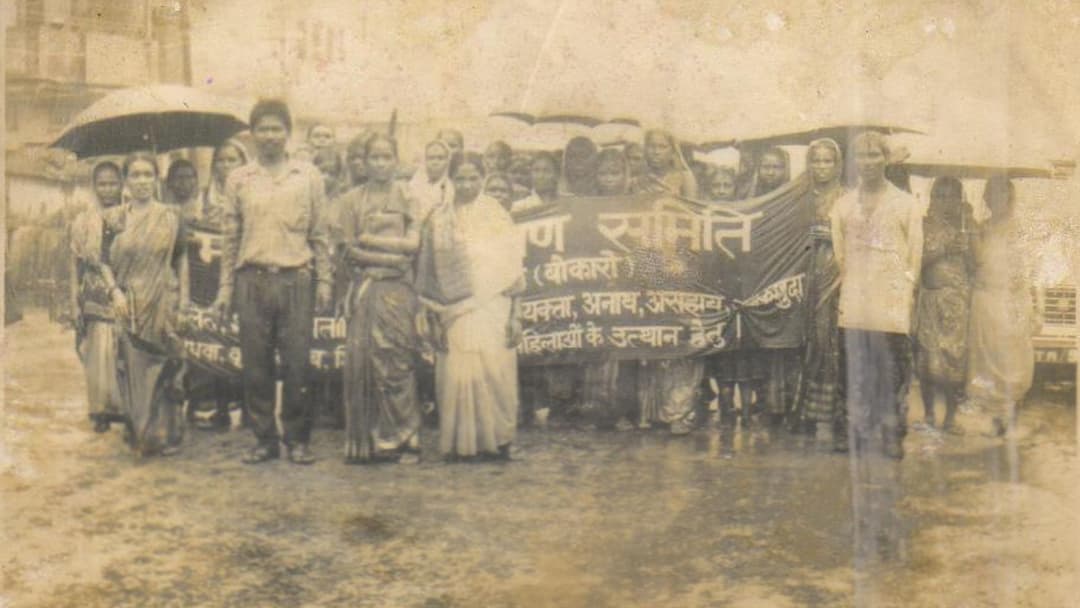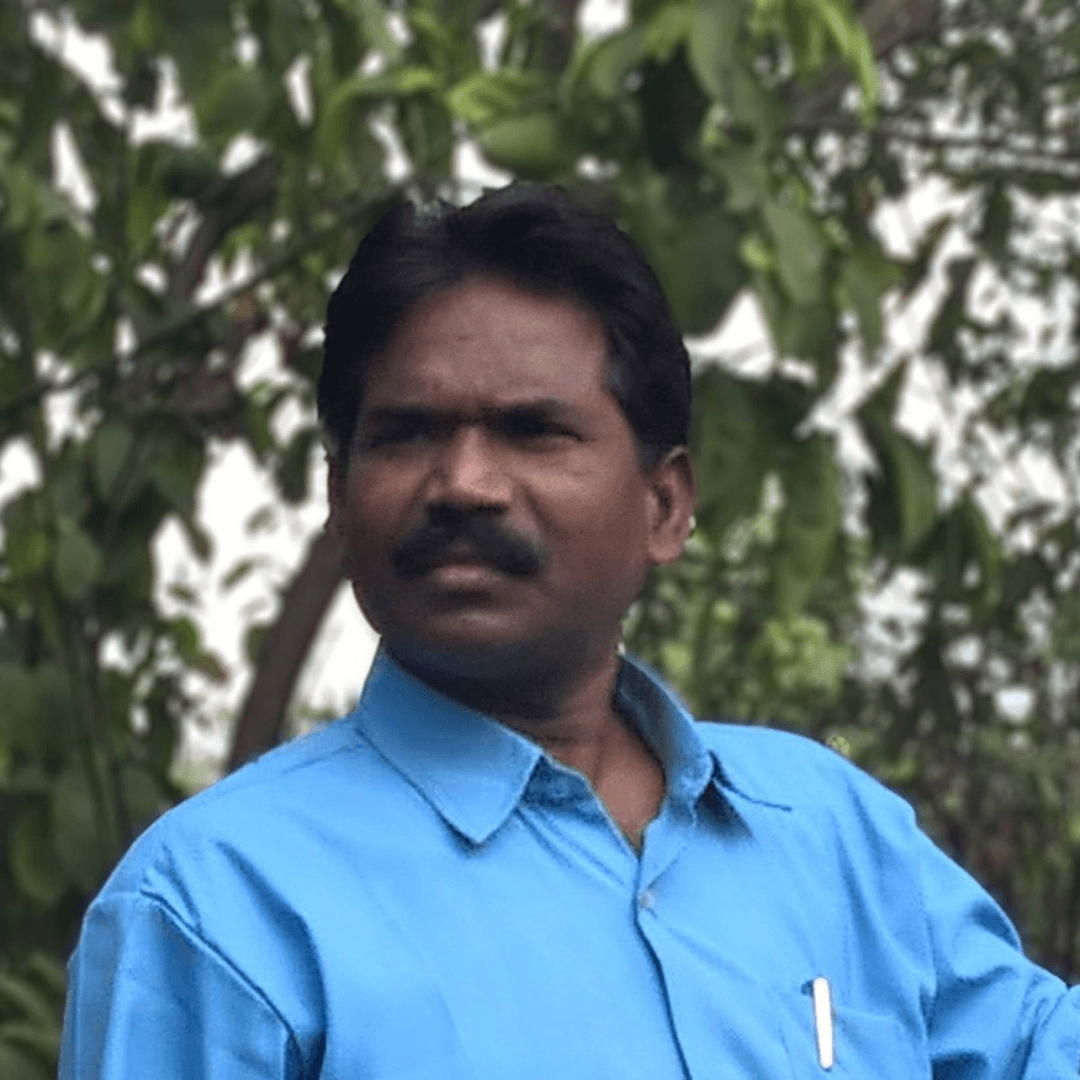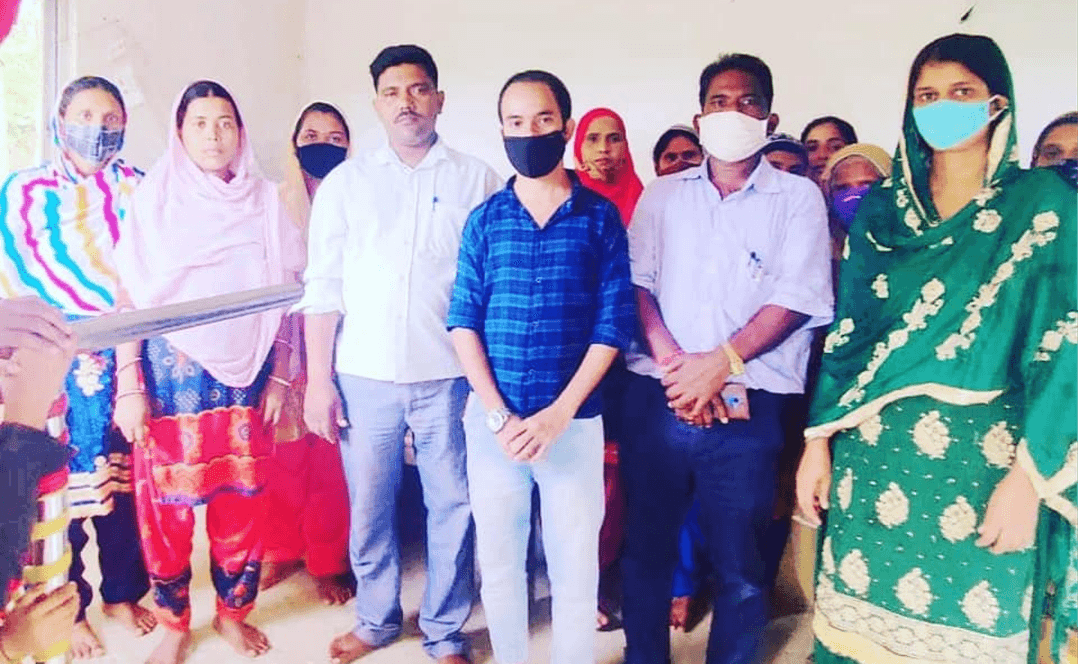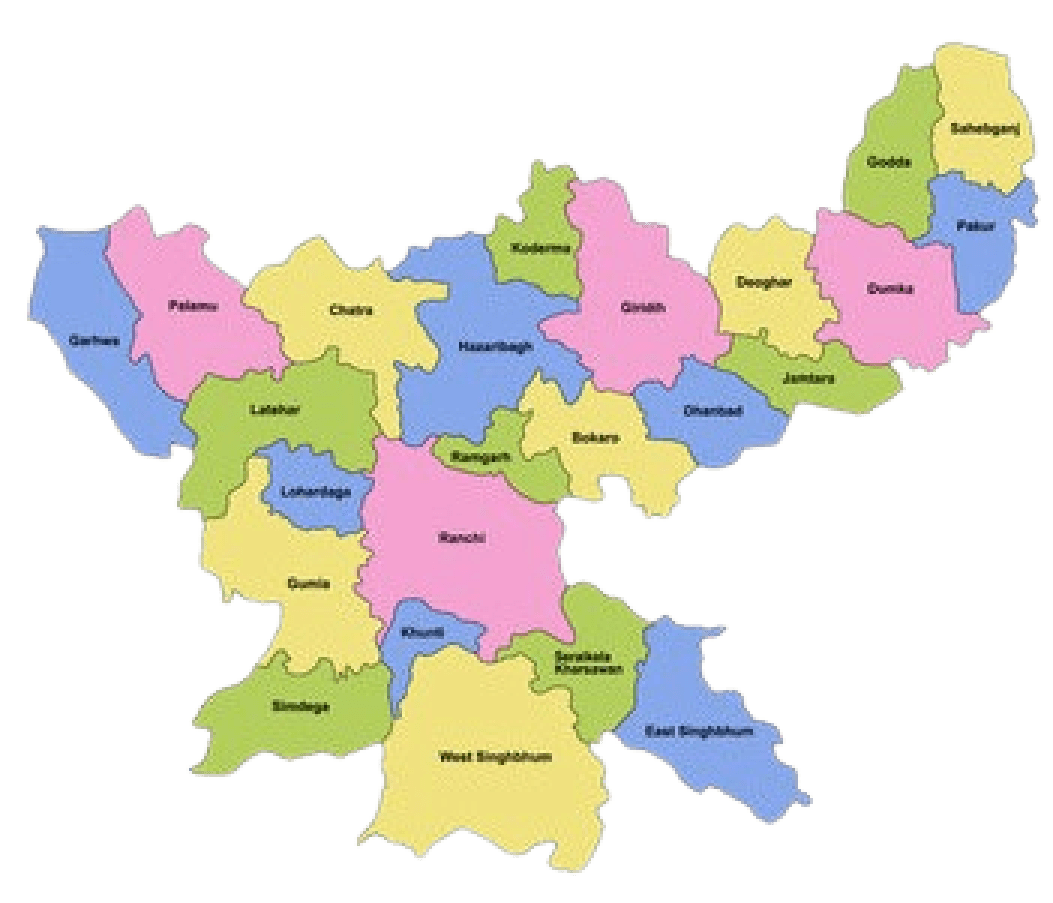
The history
Harassment, beating, mental stress, inferior behavior, lack of equality in the society, sexual exploitation etc. were common in the society. For women, stepping out of the house was like a punishment. Even if she had done this, all the anti-social elements flourishing in the society would not have left her behind. In the absence of education, people would do some small work. Life was limited to earning and filling the stomach. Some people used to earn their living by looting, firing etc. and would teach the same to the coming generations.
As a result, many aspects of life such as art, culture, patriotism, education, social happiness and peace etc. went on disappearing from reality.
In the year 1991, a group of people started an organization named Mahila Kalyan Samiti to protect the rights of these women and to root out the atrocities on them. And till date this organization has taken many important steps and given a value to the life of women.
About the founder
Shyam Kunvar Bharti has been a medical practitioner and a Surgery expert in the past, also a folk artist. He is currently the General Secretary of the organization.
He has received so many Awards of excellence for serving for Social impacts.
While in his currier, when has used to visit places for his work, he used to see the discrimination and atrocities going on the women. Sooner, he realized people have become blind about it. There were so many cases, where he found he alone couldn’t do it, because it needed a level of support to fight.
He then managed to make a group of women, including some men also and started fighting with all whoever forced women.

Vision
The organization has visualized a worldwide system where every man and woman will have equal right, privilege and will live peacefully in the society with love, respect, dignity and fellow feeling to each other regardless of caste, creed, clan and colour.
Mission
To cause sustainable development to distressed, down caste and downtrodden segment of the society with a prime focus on women and children belonging to low socio-economic condition, backward and minority communities by way of taking up innovative and self-sustained developing activity in the rural, semi-urban and urban areas.
Objectives
- 1.
To literate Illiterate women, children and men.
- 2.
The play an important role in the family welfare program.
- 3.
To participate in tree planting and environmental programs.
- 4.
To assist poor and unemployed educated women for employment by training, according to their qualifications, allowing them to run and establish the concerned industry.
- 5.
To get hermitage for widow, the orphan, handicapped and abandoned women.
- 6.
To build orphanage for orphans, handicapped and abandoned children.
- 7.
To make government help women and children engaged in criminal activity and true guidance to help them make a living.
- 8.
To give free legal and social justice to oppressed, exploited, abused and neglected, widows, orphans, helpless, abandoned and disabled women and children.
- 9.
To make widowed, separated and divorced women remarry. Also to support helpless orphans and disabled women in marriage.
- 10.
To provide support from government to homeless, poor and destitute women for housing.

- 11.
Supporting ingenious poor orphans, disabled women and children to get higher education through government.
- 12.
To provide legal and social assistance to child workers to get fair remuneration and facilities.
- 13.
To establish training for writing, singing, dancing, playing, fine arts, crafts arts etc. for providing arrangement for ideal training to women and children community. By which unemployment and such related problems could be diagnosed to women, children, minorities, Harijan, poor and tribal.
- 14.
To manage reading room, library competitions preparation etc. for women, child and other vulnerable groups.
- 15.
To develop for social, familial, cultural, moral public welfare by the feeling of public and state welfare, forgetting equal caste, religion or sect discrimination.
- 16.
Public and state welfare similar race, religion or sect forget for the public welfare.
- 17.
To organize social, meetings based on issues of economic and welfare, rallies, conferences, seminars, training, etc.
- 18.
To assist in development programs for Women and Child development run by government.
Working area
The targeted area is Jharkhand, the eastern state of India. West Bengal is in it’s east, Chhattisgarh in South, Uttar Pradesh in West and Bihar in North.
The state of Jharkhand is a part of biodiversity rich regions of India because of its diverse physiographic and climatic conditions. The forests for the most conform to the type – Tropical Dry Deciduous Forest, Moist Deciduous Forest, Dry Peninsular Forest and Dry Mixed Deciduous Forest.

Targeted Population
Women and Child
Unemployed
School Students
People with Low Socio-Economic conditions
Labour who earns on daily basis